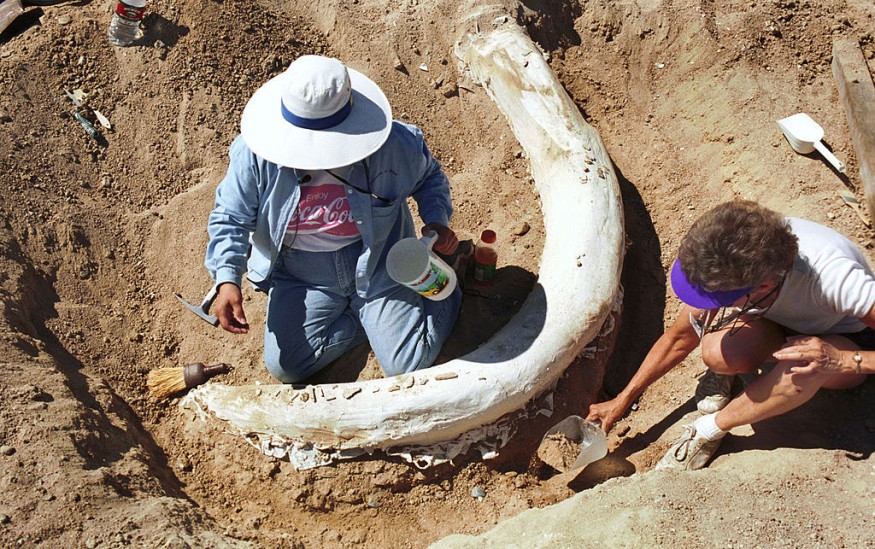
According to contentious study of a 37,000-year-old mammoth slaughtering area discovered in New Mexico, this may represent the oldest evidence of humankind in North America.
Oldest Evidence of Humans
In accordance with the latest research, a few of the remains at the location exhibit traces of having processed by people or perhaps utilized as weapons, which is amongst the strongest adequate documentation known that living beings landed in North America considerably sooner than researchers heretofore assumed, CNN reported.
If the league's assumptions regarding previous activities at the area are right, it would nearly treble the period of history people have inhabited North America.
Nevertheless, pinpointing the precise period when humanity apparently emerged in North America has become a contentious topic in recent generations, with comparable research regarded as unconvincing. Several scientists are also doubtful about the league's assumptions based on the mammoths' remnants.
A 2017 investigation of a comparable collection of mammoth remains located in San Diego posted under the journal Frontiers in Ecology and Evolution, discovered that the remains were possessed by mankind and might predate to roughly 130,000 years prior, implying that people have existed for over ten folds longer than originally thought.
Lauriane Bourgeon, a paleontologist at the University of Kansas who deals exclusively in antiquity bone fragments, such as mammoths, and yet was not associated with the research, in an email to Live Science told that the scientists clearly have quite a strong timeline for the mammoths' passing, however they dearth conclusive proof of sentient interaction.
It is occasionally difficult to ascribe prehistoric remains to anthropogenic activities since biological cycles such as corrosion, stomping, and deposit stacking can create comparable sorts of degradation to remains.
While Justin Tackney, an evolutionary biologist at the University of Kansas who mainly focuses in the permanent habitation of the Americas and who was not associated with the investigation claimed that it is just clearly entrenched that the pre-Clovis folks were the earliest individuals to reside in North America, and they might be accurately linked directly with about 16,000 years old, as per Newsweek.
Before date, the clearest compelling proof of a pre-LGM encampment for pre-Clovis ancestors has come from 2021 research under Journal of Early Human Migration And Dispersal found a pair of 60 naked humanoid tracks discovered at New Mexico's White Sands Wildlife Reserve.
Old Butchering Site in North America
Crystallized charcoal from what experts assume was a fireplace, probably intended to prepare the mammoth meat in addition to various farm mammals, was likewise detected in the silt encircling the remains.
The scientists concede that certain specialists may be suspicious of their results, particularly when examined separately, however they feel that when every piece of data uncovered at the Hartley area is combined, it portrays a convincing depiction of human presence.
Till the 2000s, archeological investigation indicates that the Clovis folks, a population of prehistoric hominids distinguished by unusually fashioned weaponry, were the first inhabitants to arrive in North America approximately 13,000 years ago.
Per the report, not every one of these flakes and micro flakes could be assigned to particular skeletons, however there is indication they were cut perhaps transverse or horizontal to a few of the skeletal system, indicating they also weren't formed haphazardly by biological cycles.
A massive rock and numerous fist-size boulders too were discovered amid the mammoth remains, and the studies suggest these may have been used to assist shatter and destroy the bone fragments.
According to NBC News, several of the skeletons looked to have been fashioned into improvised blades, probably employed to slaughter the mammoths. Studies explored the remains discovered at the Hartley site employing a variety of methods, notably high-resolution CT scans and electron microscopy, in the present investigation.
Related article : Corpses Found in Lake Mead have Turned 'Soapy' as Water Levels Become the Lowest Ever
© 2025 NatureWorldNews.com All rights reserved. Do not reproduce without permission.





